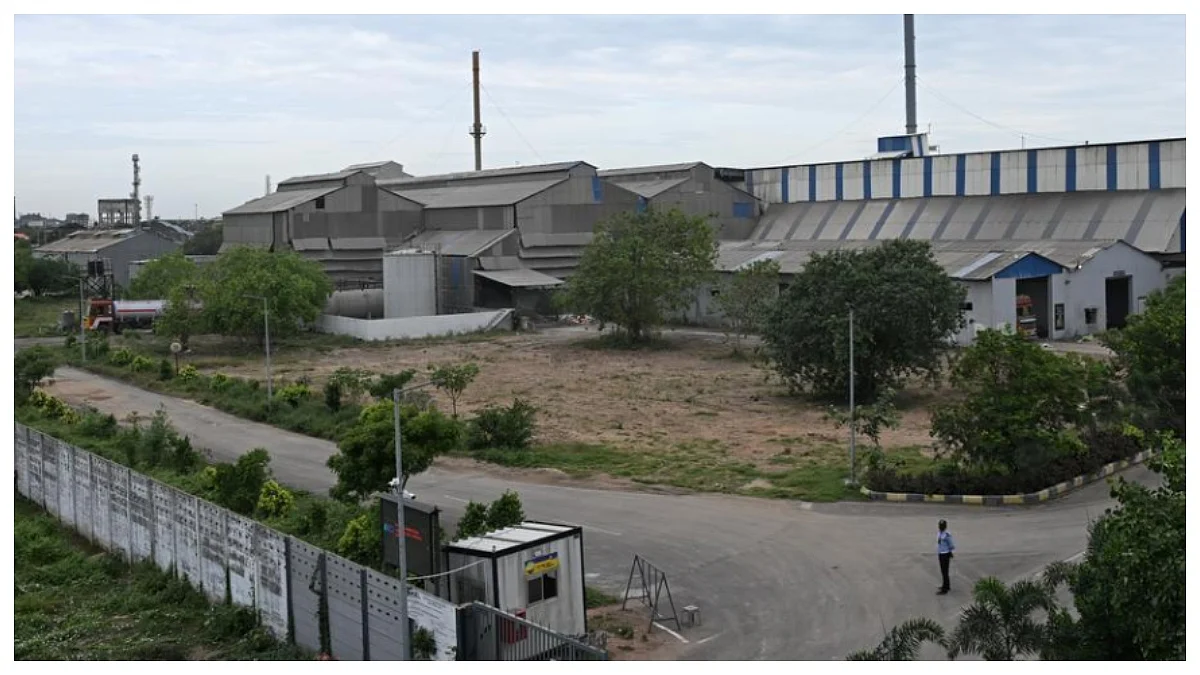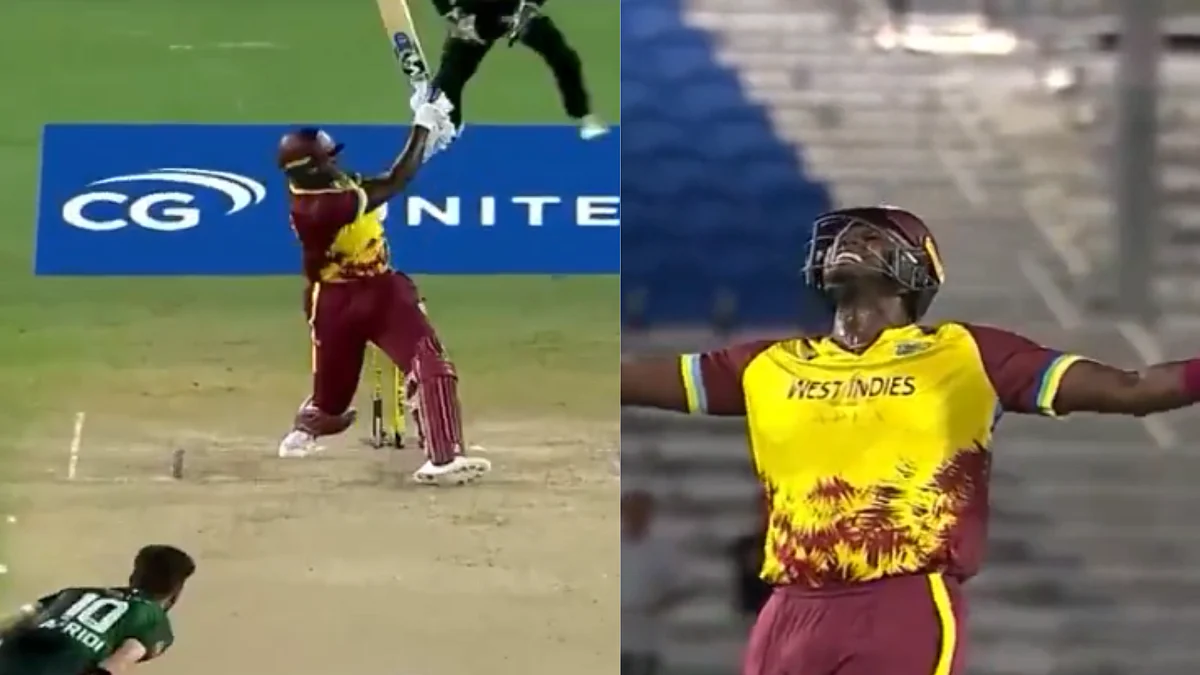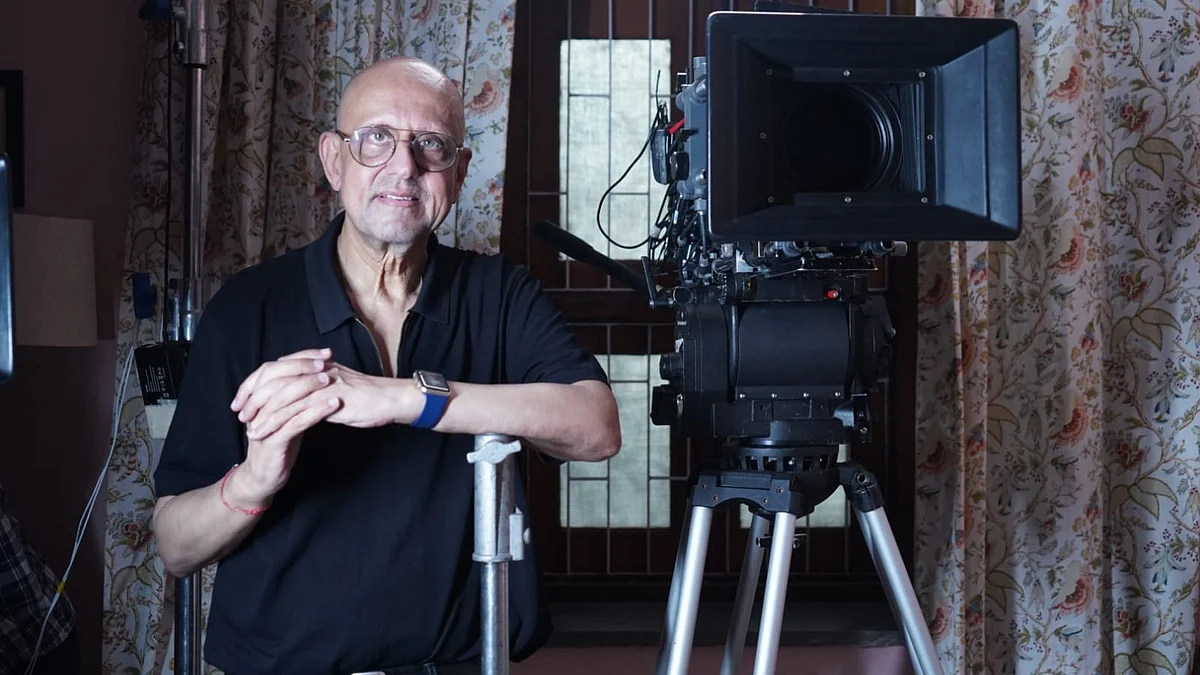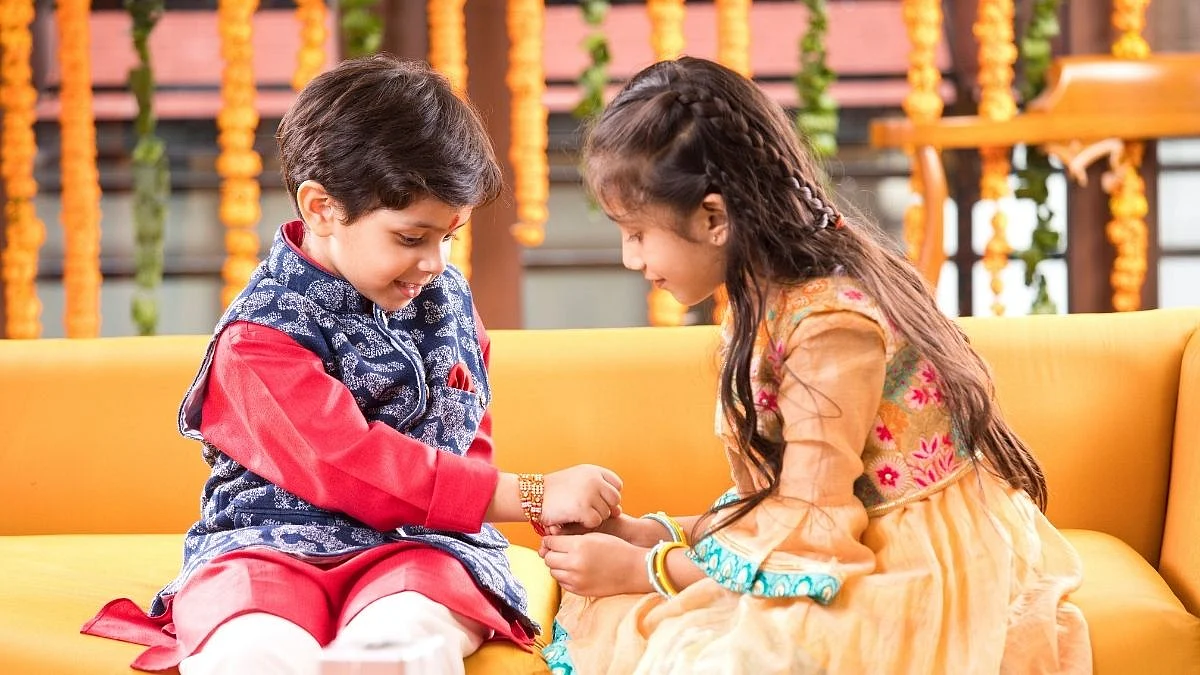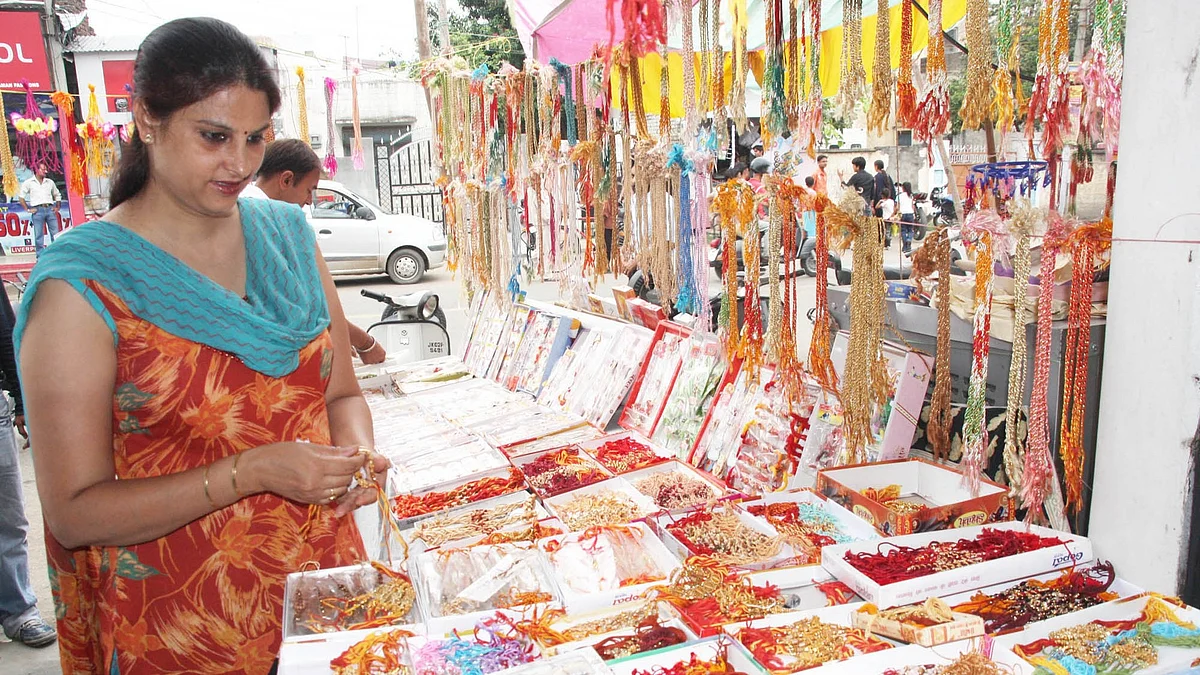Sarang and Malhar are two ragas which are said to be a part of the traditional ragamala that has existed for more than a thousand years. Miyan Ki Malhar, a type of Malhar is often associated with legendary singer Tansen from the courts of Akbar The Great.
Veteran Dhrupad singer Late KG Ginde has mentioned it in his book that Sarang and Malhar are intertwined in a unique way. While the notes of the ragas are similar; especially the nishad and rishabh, the difference lies in the rendering of the ragas.
As veteran singer Suhas Vyas puts it, “The relationship between two raga is that of sawal-jawab. Sarang is the sawal and Malhar is the jawab. If you ask me why and how, it is difficult to say it in words. This is something that can be explained only by singing.
While Malhar and its variants are often associated with rain, Sarang is a raag that is sung in the afternoon. Some variants like Lankadahan Sarang are representatives of extreme heat. The monsoon that follows a scorching summer is a relief. Similarly, a soothing, cooling raga like any Malhar seems to be an ideal answer to brilliance of any Sarang.
Shashi Vyas of Pancham Nishad presents both the ragas together for the first time in the history of classical music in a three-day concert at Ravindra Natya Mandir on 8th, 9th, 10th August. The challenge that he has taken goes to another level because he is presenting this experiment along with nine young Indian classical music exponents and not veterans of the industry. IRB Infrastructure Developers Limited have supported this venture.
“Idea is to record this for posterity,” said Shashi Vyas, MD, Pancham Nishad. “This is a CSR activity by IRB and GRACE Foundation, a foundation that I have launched in the name of my father. We want to archive the traditional compositions in these two ragas, sung in a traditional way, for the future generations to listen to, as a record of the treasure that we have…”
That raises an important question – if it is just an archival plan, then why have a three-day public concert? Why not just book a studio and record? “The true emotive expression comes through melodic expressions and for that you need audience reactions because this a performing art. Fundamentally, Indian classical music is meant for viewing and listening both; that’s why it is called performing art. Therefore, audience participation was important. I didn’t want it to be clinical.”
Why youngsters? “Because they will deliver with effort. They will not take themselves or audience for granted. Also, it is important that the youngsters do it for the youngsters. Youth being a part for preservation is extremely important. And, monsoon represents a new beginning…”
Mukund Sangoram, a veteran music critic, feels that Sarang Malhar is a great experiment to do. “The ragas have been sung by the legendary singers at different occasions and immortalised,” expressed Sangoram. “But recognising the bond between the two ragas and having a three-day program to commemorate that is a distinctive initiative. I am glad someone is doing it. It is necessary to do such experiments to keep the Indian classical music alive; especially in the young minds.”
It is encouraging to see corporates like IRB making such an archival effort.
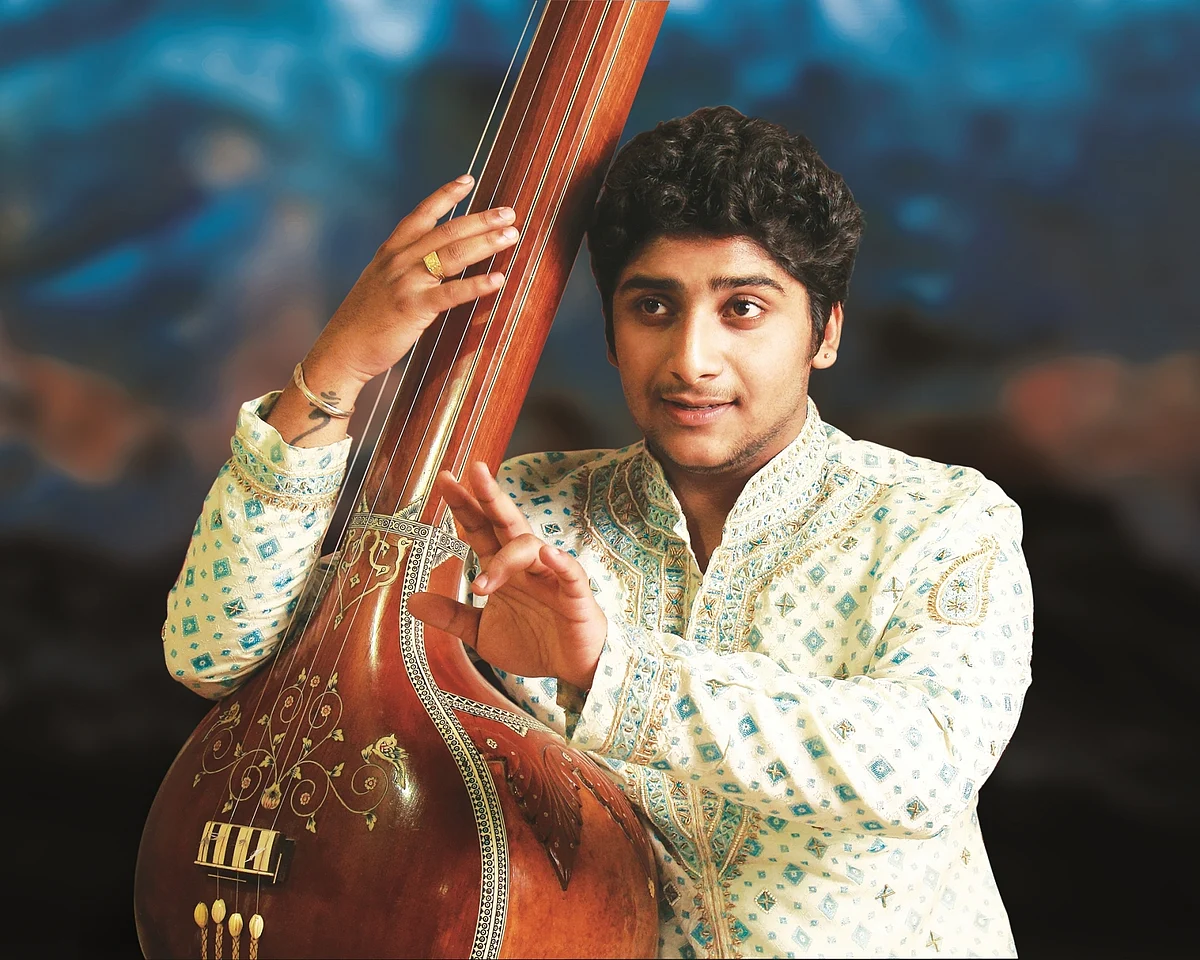
Sarang and Malhar complement each other beautifully, both musically and emotionally. Sarang brings a bright, spiritual atmosphere, while Malhar is deeply connected to the monsoon, with its dramatic and reflective mood. This contrast of light and reflection vs. depth, calm vs. intensity is what I wish to bring alive through Miyan Malhar and Surmalhar.
– Siddharth Belmannu, vocalist
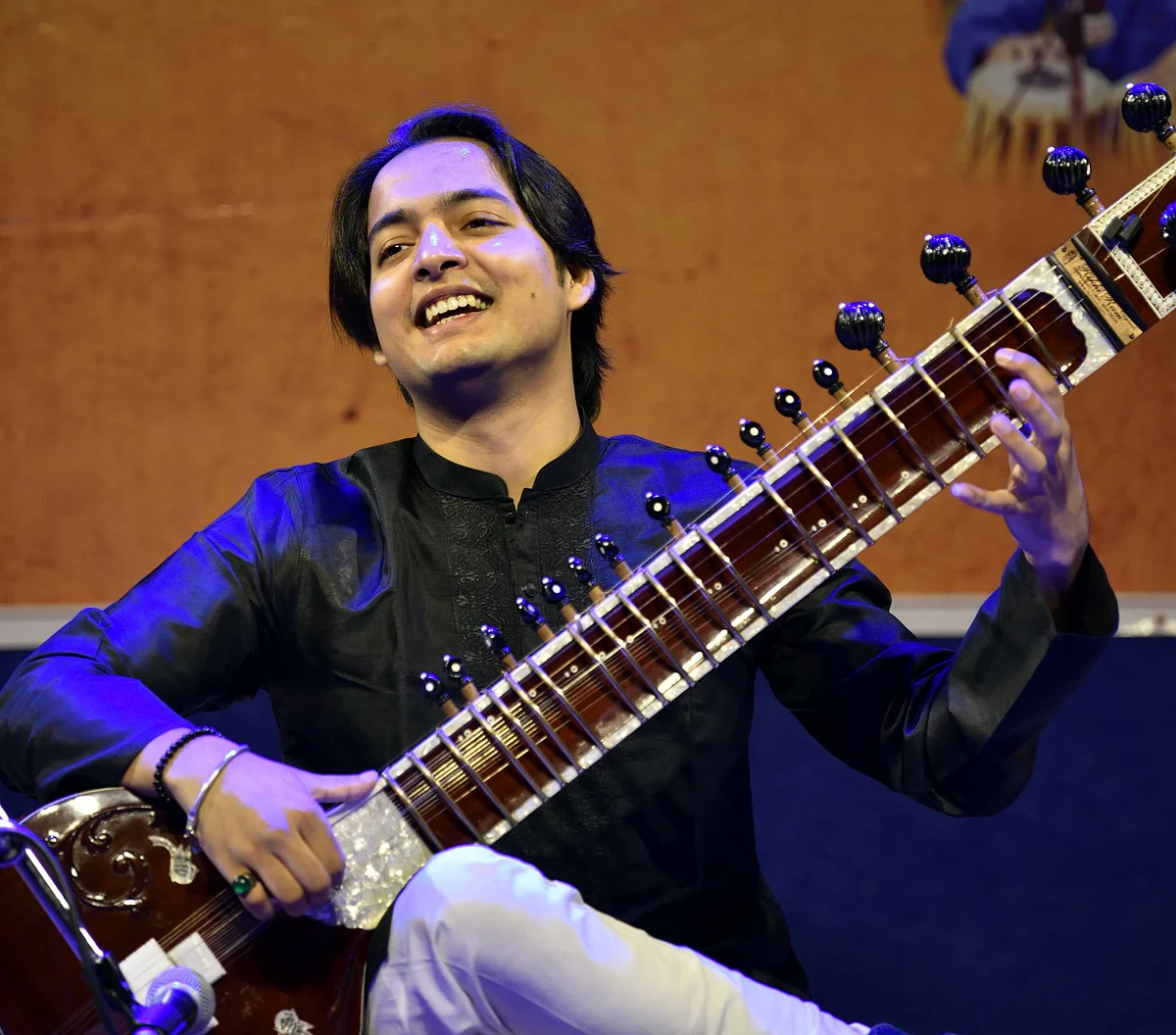
I feel a deep connection with Sarang and Malhar — both ragas capture the beauty of nature and the depth of human emotions. When I play the sitar, I want the audience to feel that journey of emotion and contemplation with me. This time, I will be presenting Raag Gaud Malhar and Gaud Sarang.
– Mehtab Ali Niazi
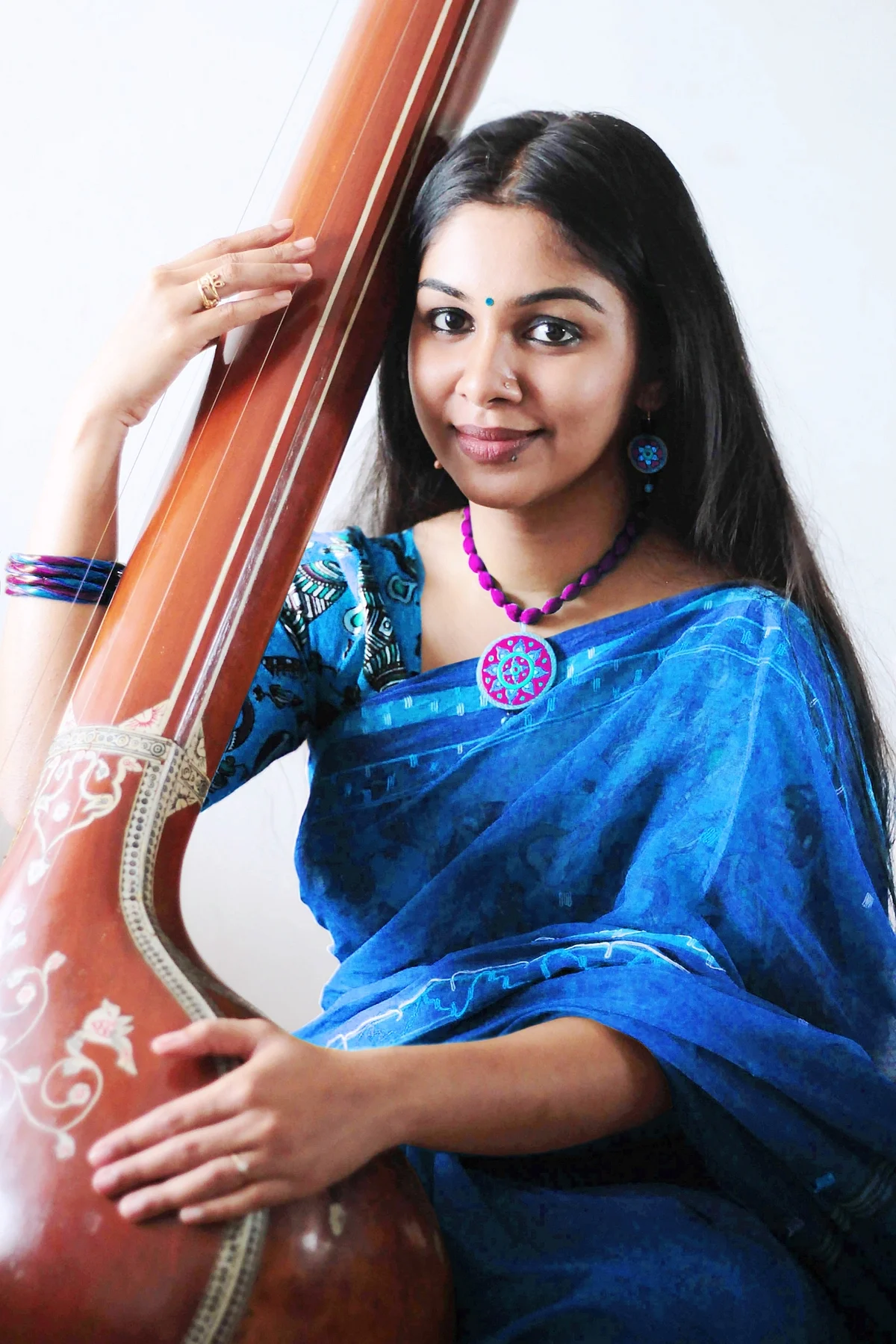
The Sarang-Malhar festival, conceived by Shri Shashi Vyas, is a unique celebration that beautifully highlights the distinct characteristics of two ragas — Sarang and Malhar. Though they share similar notes, they evoke contrasting moods and environments. I will be showcasing some exquisite types of Malhars, featuring traditional bandishes that are very close to my heart. I’m honored to be accompanied by Shri Yati Bhagwat on tabla and Shri Sudhanshu Gharpure on harmonium.
– Shruti Vishwakarma, vocalist
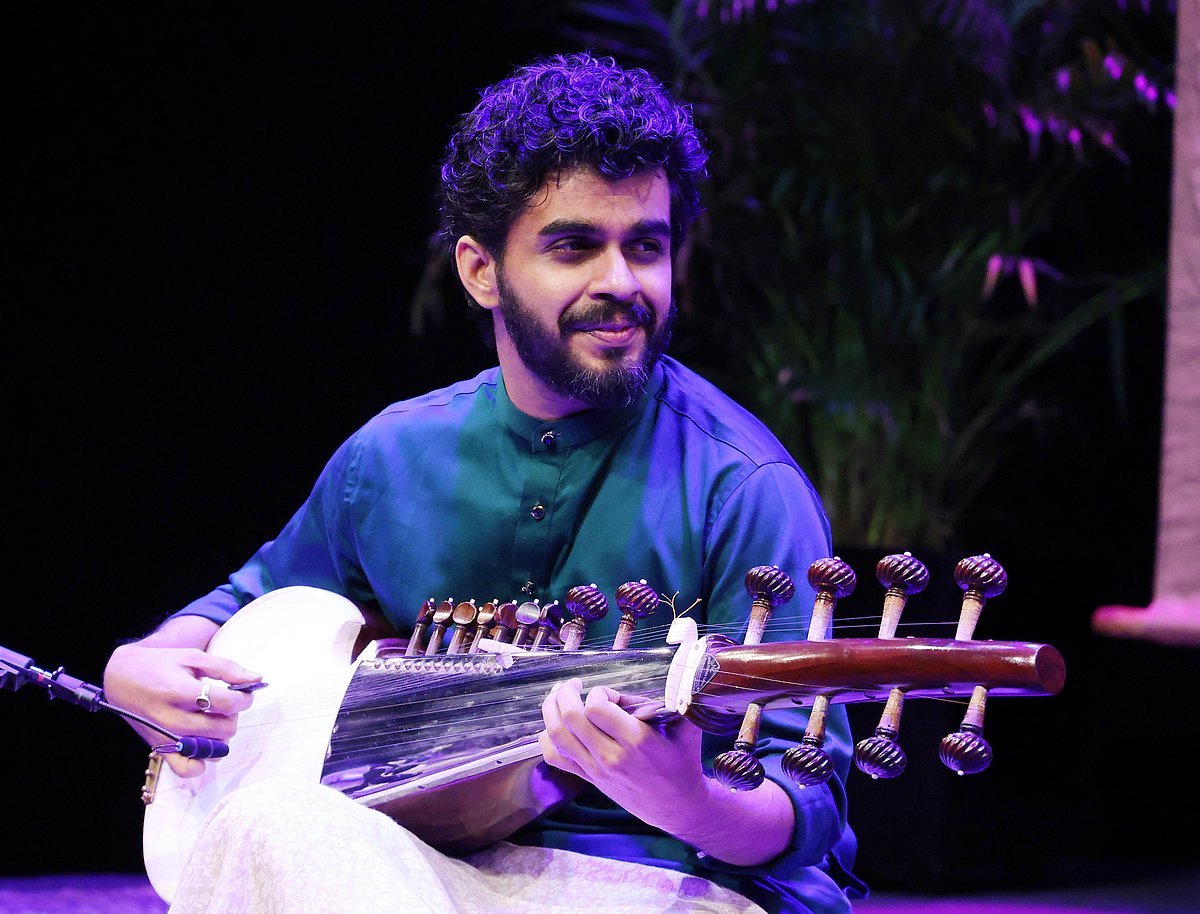
Raag Shudh Sarang is a beloved late-afternoon raga from the Sarang family, evoking a serene beauty in both vocal and instrumental renditions. For me, its charm lies in the use of both ‘Madhyams,’ especially through chromatic movement. Raag Ramdasi Malhar, from the Malhar family, stands apart because of the presence of the ‘Shudh Gandhar,’ which creates a striking contrast to the popular ‘Miyan Ki Malhar.’
– Pratik Shrivastava, sarod player

It gives me immense joy to be performing in the raga-centric music festival ‘Sarang–Malhar’. I feel that Sarang and Malhar are emotionally intertwined — Sarang evokes the feeling of the first hint of rain after the scorching summer, while Malhar is the downpour itself, accompanied by the sound of thunder. In this concert, I will be presenting Raga Sarang.
– Prathamesh Laghate, vocalist
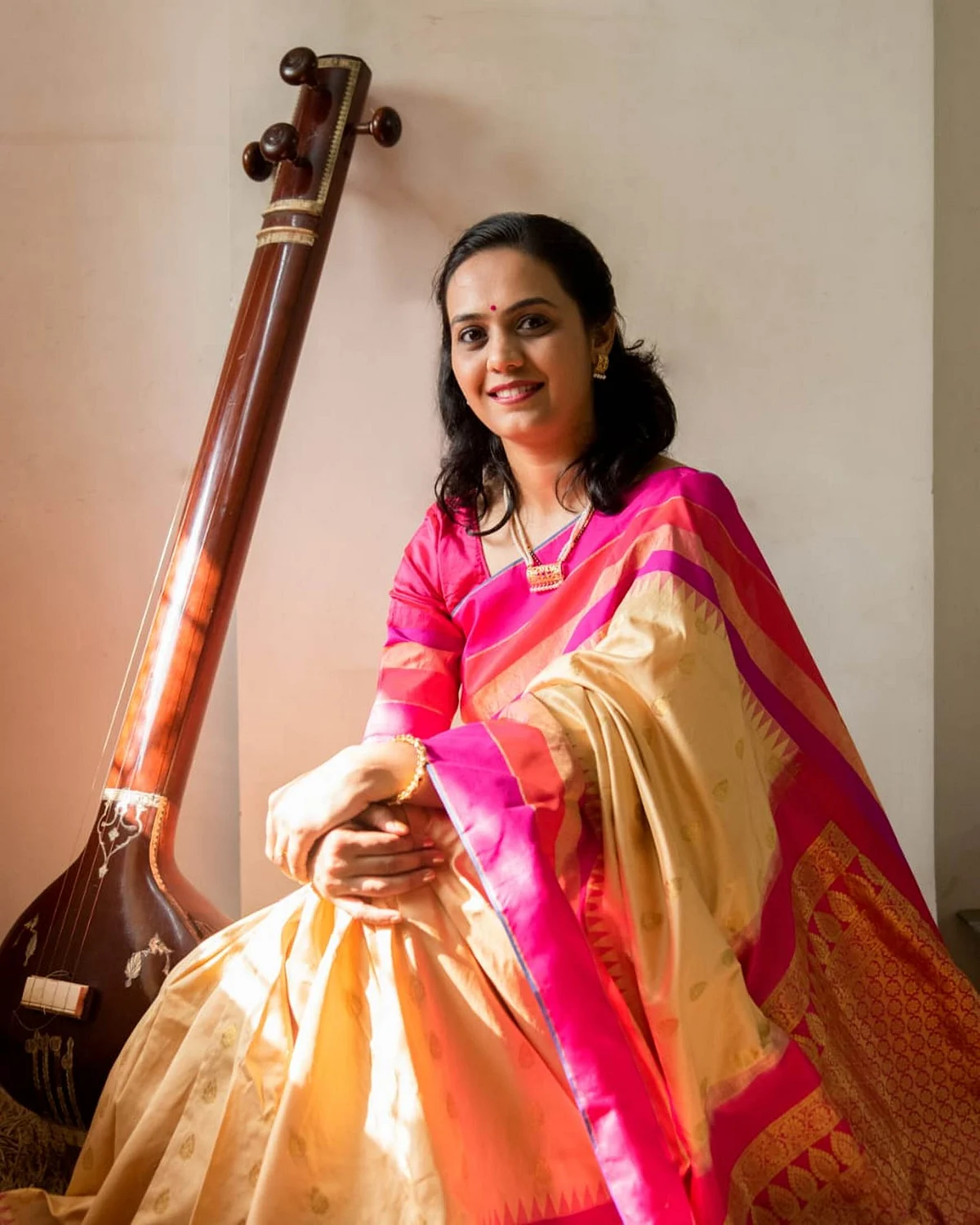
Raga Malhar is traditionally associated with the rainy season, beautifully evoking the emotions and imagery of monsoon — clouds, lightning, thunder, rain, and even calls of the peacock and papihā. Among the many forms of Malhar, you can see influences of Sarang and Kanada. It is said that Kanada evolved from Sarang, and Malhar evolved from Kanada. In the SwarVistar and Taan patterns of Malhar ragas, the distinct characteristics of Sarang shine through. This is why the unique concept of Sarang Malhar, created by Shashi Vyas ji and Grace Foundation, is so special. I’m confident this Sarang Malhar festival is truly one of a kind, offering connoisseurs a unique opportunity to experience and appreciate many different types of these ragas
– Noopur Gadgil, vocalist
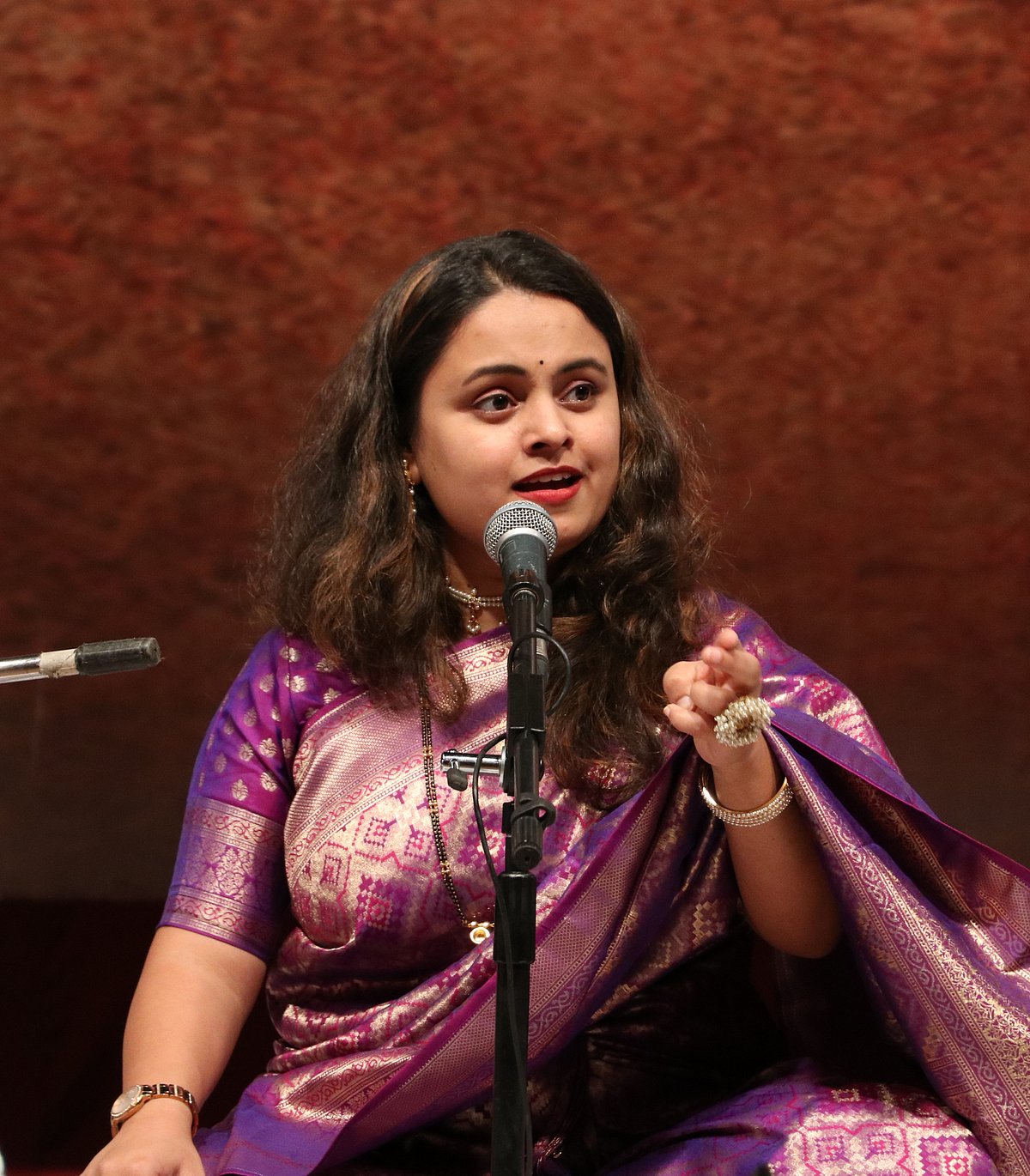
Malhar ragas really bring out the magic of the monsoon for me. When I perform them, I try to capture that feeling and take the audience on a journey filled with melody and emotion
– Mugdha Vaishampayan, vocalist
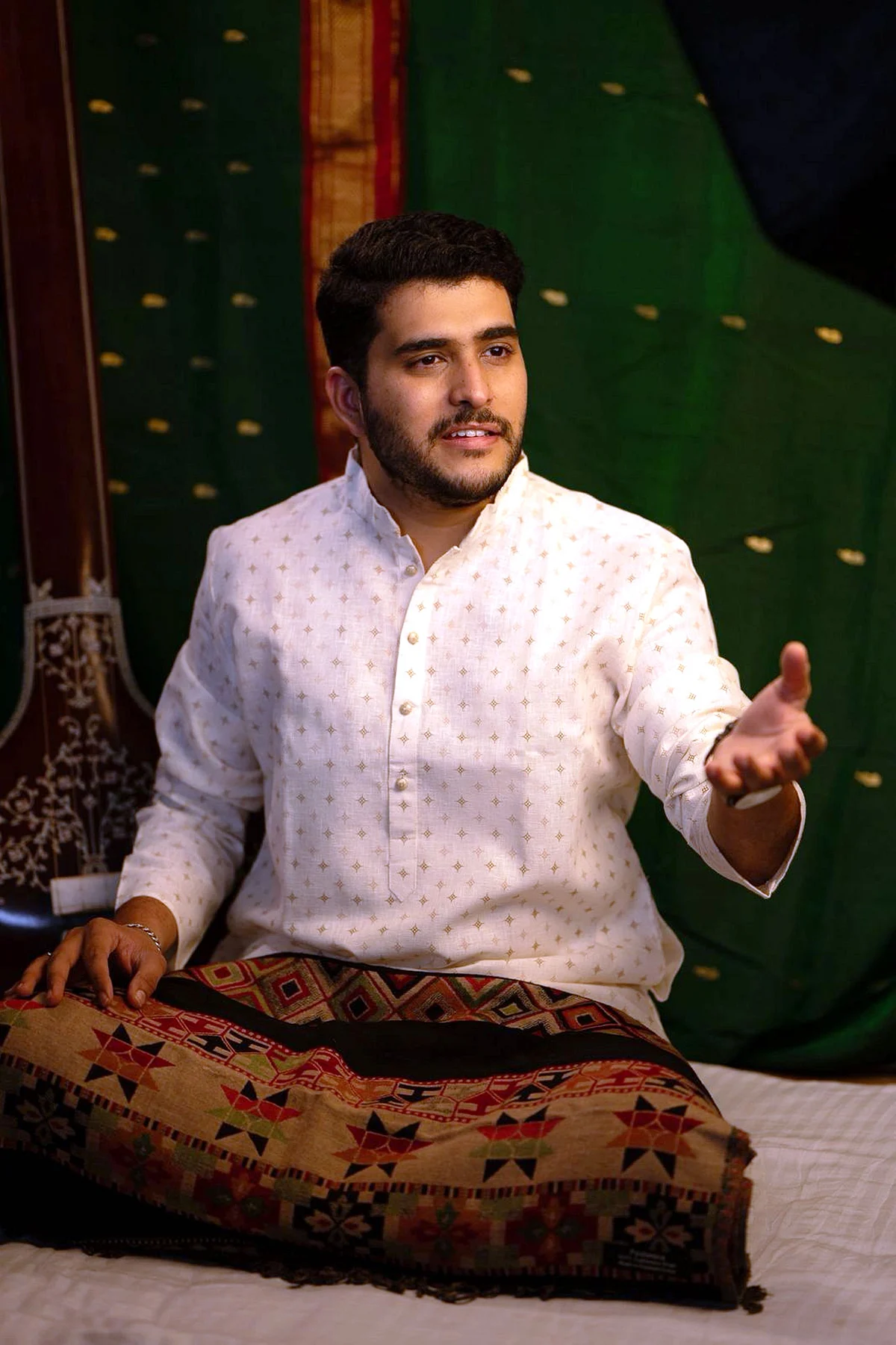
This festival is a confluence of two beautiful musical flavors that always bring happiness and joy to our lives. Sarang ragas are often associated with Lord Krishna and the sacred atmosphere of Vrindavan, evoking spiritual and emotional peace and energy. Because of this connection, Sarang is a popular and revered raga in the religious genre of Haveli Sangeet. Malhar ragas, on the other hand, celebrate the beauty and freshness of the rainy season, symbolizing rejuvenation and fertility. They bring a sense of joy and aliveness
– Kedar Kelkar, vocalist
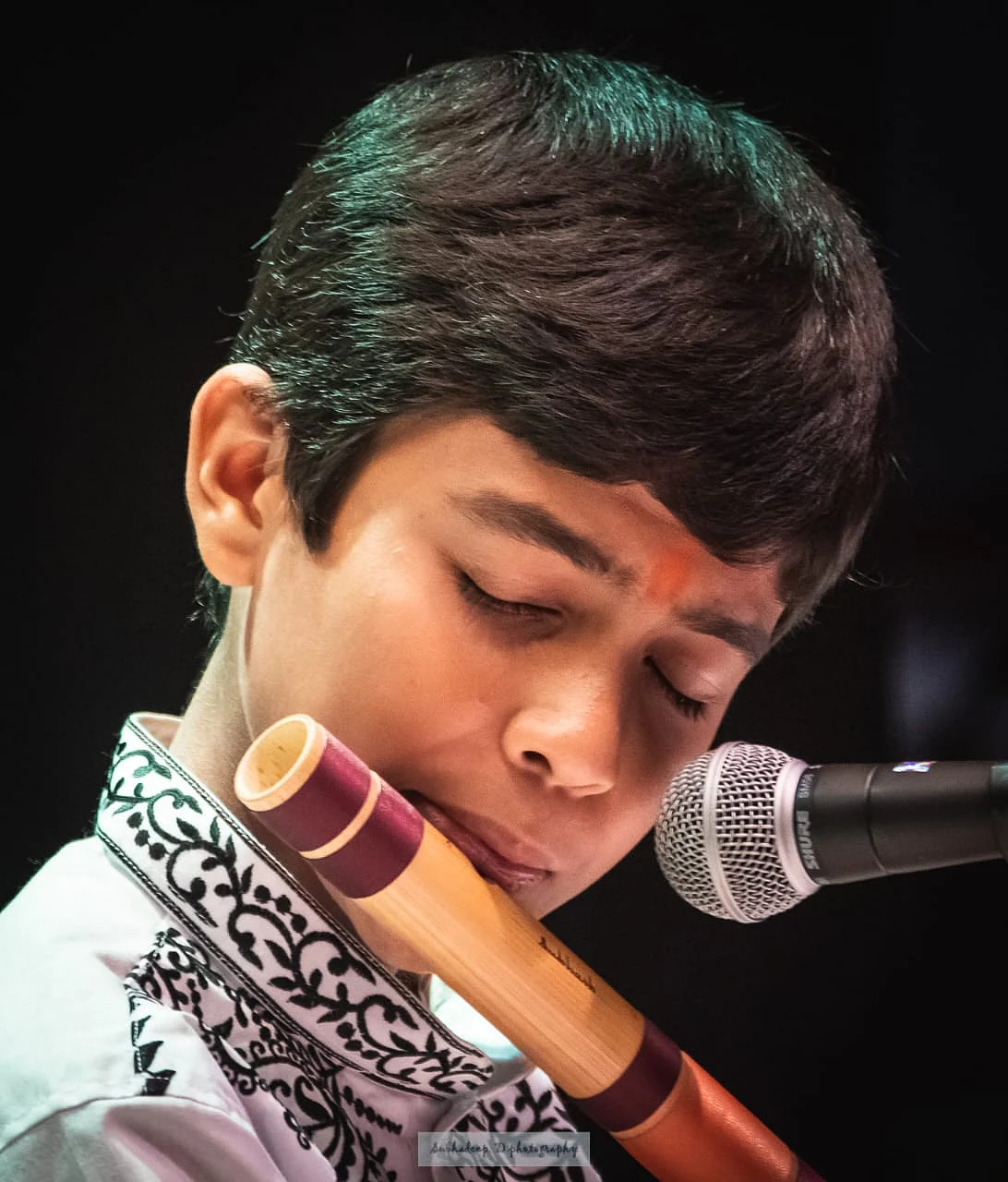
I will be playing Raag Brindavani Sarang on the flute, starting with the traditional bandish ‘Murali Adhara Rajata’ set in Jhap Taal, followed by the famous bandish ‘Jayu Mai Tope Balihari’ in Teen Taal. I will also present an alap in Raag Miyan Ki Malhar. Brindavani Sarang is a raga close to my heart — it beautifully depicts Lord Krishna playing his flute, surrounded by joyous gopis, evoking romantic love and longing in the afternoon hours of summer. It was created by Swami Haridas and has a special connection to Mathura, where Krishna’s idol is said to have appeared through this raga. With the blessings of my gurus and Pravu Jagannath, I hope to bring these emotions alive through my performance.
– Anirban Roy, flautist

